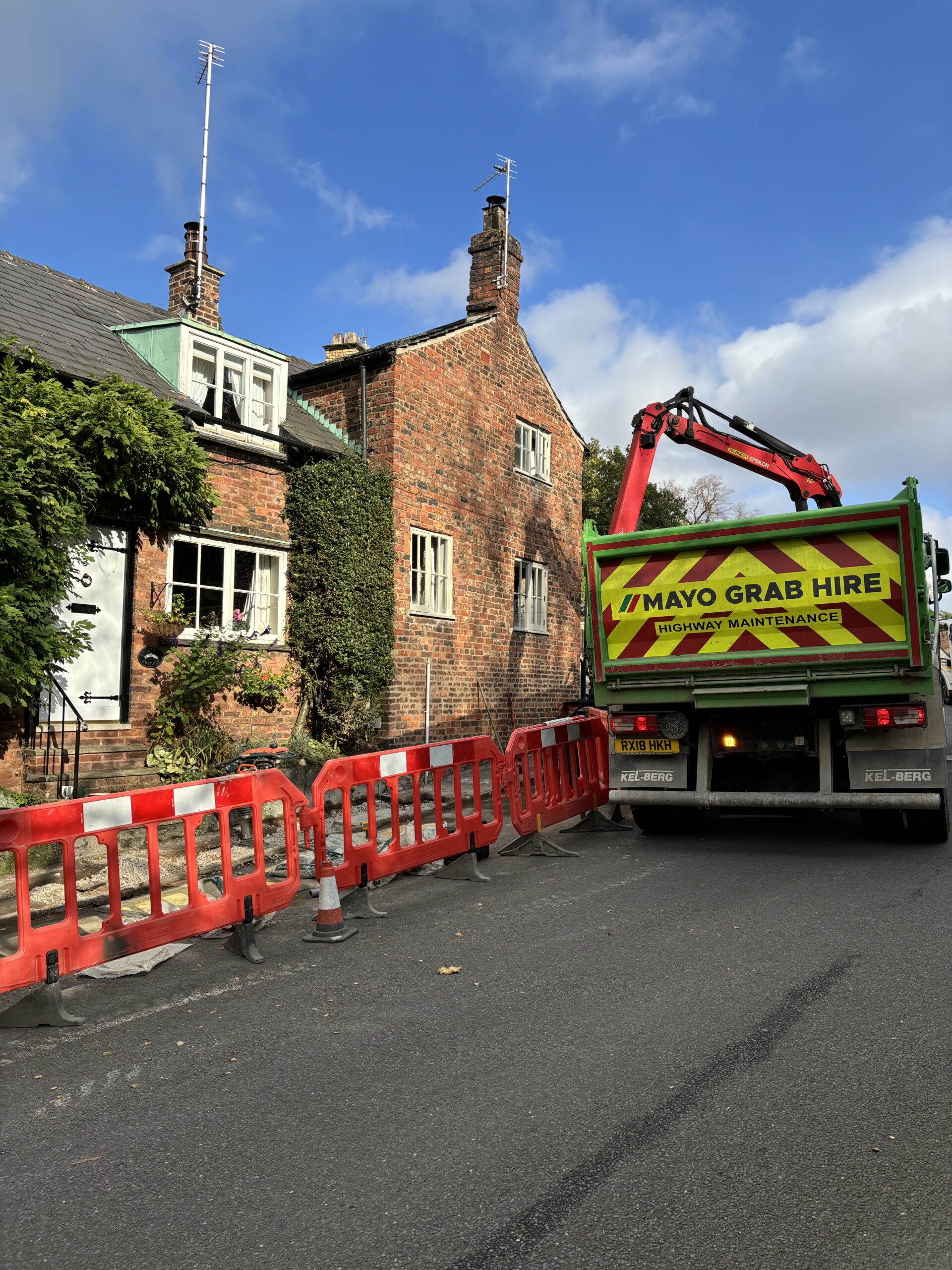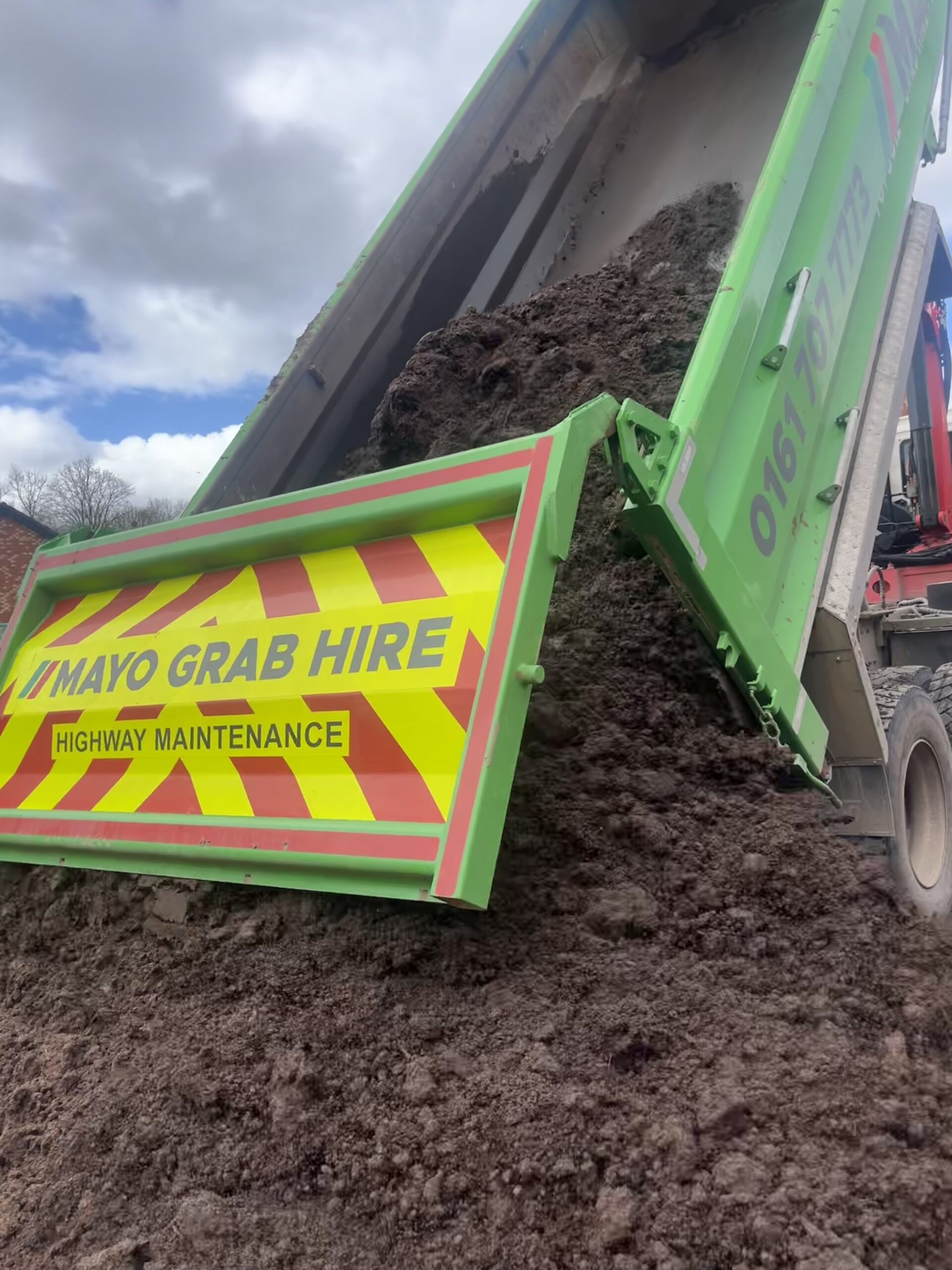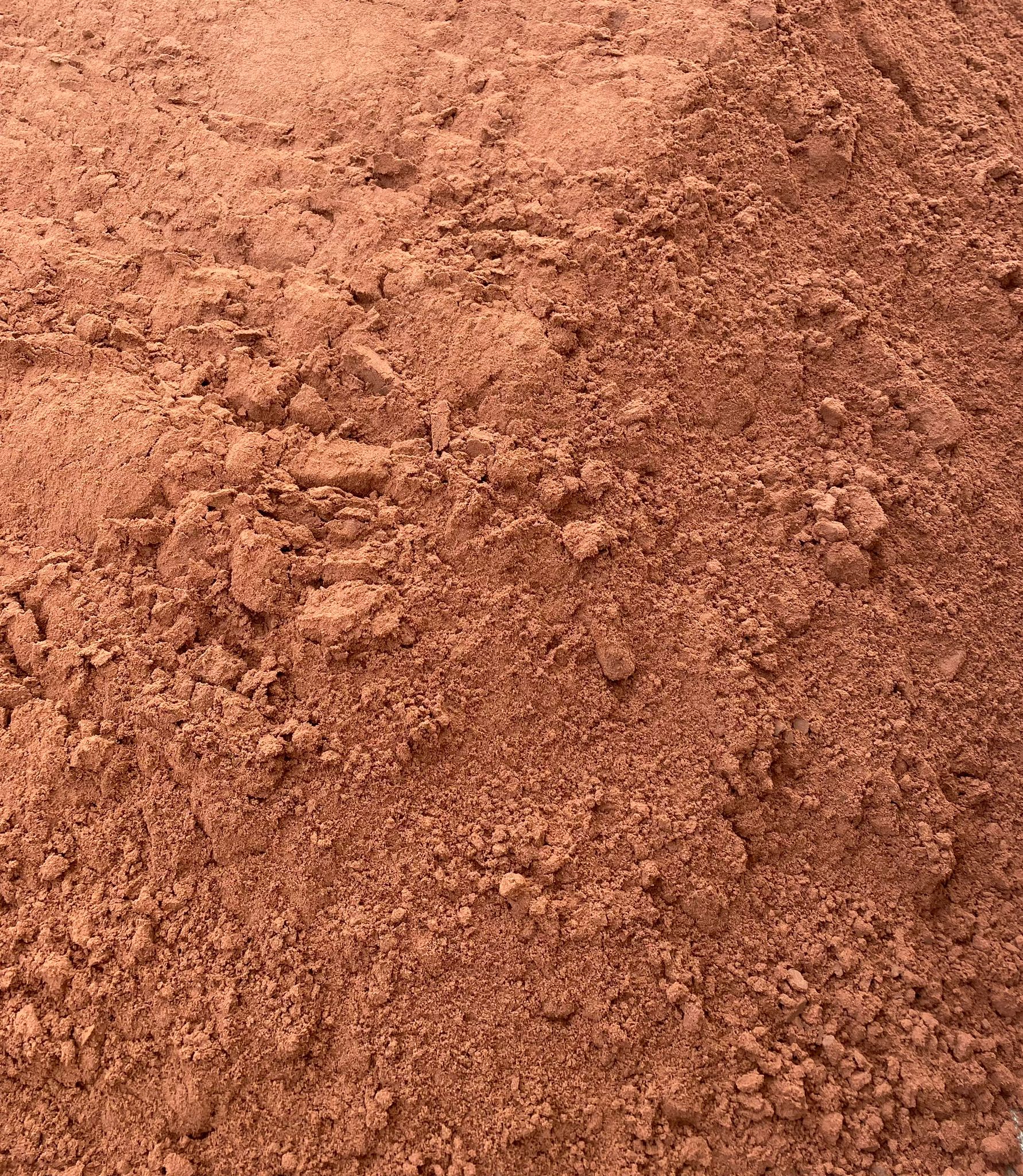
Menu

In this Mayo Stone guide, we’ll provide you with all the information you need to know before deciding which sand to buy or specify. Our landscaping and construction aggregates experts will cover the differences and recommended uses of sharp and building sand so you’re ready and prepared with the know-how to make your next project as easy as possible.
Sharp sand, also known as grit or screeding sand, is a type of aggregate used widely in construction projects where strength and durability are of prime importance.
There are two different types of sharp sand – washed and dry-screened. Washed sand is, as the name suggests, sand that has been rinsed with water to remove any dust, clay and impurities that could affect the quality of the end product. Dry-screened sand has been passed through a vibrating screener to separate the larger particles from smaller ones to ensure consistency across the product.
Sharp sand is made from rock that is mined from natural deposits formed over millennia. Rock is one of the most abundant materials on earth, which is why sand is used so widely in a range of different construction materials. Some sand aggregates are also formed from feldspar minerals – the naturally-occurring group of rock-forming materials that make up over 50% of the earth’s crust.
By not processing and washing the sand as thoroughly as other types of sand, sharp sand grains retain their angular shape and rougher surfaces to create coarser aggregates for construction applications.
 Due to the larger, more coarse grains of sharp sand, it’s ideal for use in applications requiring concrete. These include laying patio slabs or flags in gardens or driveways and setting block paving stones firmly in place or for making versatile concrete. As the name suggests, sharp sand has sharper, more angular grains, which means it is able to bond together far more effectively than finer grades of sand.
Due to the larger, more coarse grains of sharp sand, it’s ideal for use in applications requiring concrete. These include laying patio slabs or flags in gardens or driveways and setting block paving stones firmly in place or for making versatile concrete. As the name suggests, sharp sand has sharper, more angular grains, which means it is able to bond together far more effectively than finer grades of sand.
Besides providing an excellent foundation for hard landscaping projects, gardeners also use it as a bulking material in clay-heavy soils. By adding sharp sand, soils become less dense, retain more water and have better drainage.
The main uses of sharp sand are:
● Making concrete
● As a component of bedding mortar for the installation of paving/ patio units.
● Making a flexible laying course where required
● Screeding and external rendering
● To improve drainage and provide bulk in clay-heavy soils
● As a top dressing for soil
Building sand, sometimes called builder’s or bricklayer’s sand, is another type of aggregate used in construction and hard landscaping projects.
Due to the smaller, more refined nature of building sand aggregates, they produce compact mortars that aren’t at risk of shrinkage when dry. This is hugely important in construction projects such as walling, where the overall structural integrity and stability of the wall could be jeopardised if the individual bricks shift after being laid.
Building sand starts out as grit sand aggregates but is cleaned to get rid of contaminants, impurities or any other materials that could compromise the quality of the end product. By washing and filtering the sand more thoroughly, building sand aggregates are finer than sharp types of sand.
Building sand can be used for any applications requiring a finer grade of sand that is free from contaminants such as dust. It’s primarily used by builders when making mortar for brick-laying, with its small grains forming an excellent bonding material that isn’t at risk of shrinking or cracking after it has dried.
The main uses of building sand are:
● Making mortars for laying bricks
● Pointing
● Rendering
● Bedding pond liners
The team at Mayo Stone often get asked this question. The main difference between building and sharp sand is the size and heaviness of the individual particles. Sharp sand is grittier and has slightly larger grains which, when mixed with water, form ultra-durable concrete for a range of different construction applications such as laying paving flags, block paving, porcelain patios and driveways.
By contrast, building sand has a fine texture that, when mixed with water, forms smooth mortars and screeds that are ideal for bricklaying and delicate pointing applications. The smaller grains found in building sand mean that it is also less susceptible to shrinkage and cracking during the drying process, thus preventing buildings and brick walls from becoming unstable over time.
Here at Mayo Stone, we’re Manchester’s premier provider of sands and gravel for hard landscaping applications of all types. Our teams have been delivering high-quality building materials for well over 50 years and are experienced in providing you with hands-on advice to ensure your next project is a success.
Whether you need sharp sand for your back garden or building sand for knocking up that brick retaining wall or a housing development, you’re sure to find the right product in our extensive range industry-leading products.
The two main types of sand used in building and hard landscaping are sharp sand and building sand. Sharp sand has a coarser texture which gives it added strength mixed with cement, whilst builder’s building sand sand has finer, more rounded grains, which make it ideal for mixing smooth mortars.
Other, more specialist types of sand include plasterer’s sand and mason’s sand. The grains that make up these are more fine and smooth than standard building sand, which makes them perfect for pointing applications and any more detailed construction work.
No, sharp sand isn’t suitable for use in bricklaying. Building sand or mason’s sand (both of which have smaller, less angular grains) should be used when laying bricks in any construction project.
No, using sharp sand in place of building sand (or vice versa) is not recommended and could compromise the structural integrity of any construction materials used in building projects.
Sharp sand is best for making concrete and screed due to its larger, more angular particles that bond together better and provide more strength when dry. It’s also best for use in garden and landscaping projects, adding bulk to clay-heavy types of soil to improve drainage and aid moisture retention.
Builder’s sand is best for making bricklaying mortar when mixed with cement. By removing any small rocks, rough grains, grit and large particles of sand, builder’s sand produces mortar with a smoother consistency that won’t shrink when dry or create uneven surfaces that could ruin the detail of brickwork.
The coarse, angular grains in sharp sand mean that it isn’t suitable for the following applications:
● Bricklaying
● Pointing
● Any application requiring mortar with a smooth, consistent texture
The texture and composition of building sand mean it isn’t suitable for the following construction applications:
● Golf bunkers
● Play areas and sand pits
● Mixing concrete (unless it’s combined with a grittier sand aggregate)
● Laying paving flags, patios and driveway setts.
Play sand is the sand you find in sandpits in parks, school playgrounds or private gardens. To make it safe for children to play with, this type of sand undergoes special purification treatments to remove any bacteria and debris that could be harmful if ingested. Play sand grains are also smaller and smoother than those found in building sand to create a soft product that won’t cut or graze skin upon impact.
Sometimes, building sand will have a slight orange hue because of higher concentrations of iron minerals being present in the soil from where the sand was quarried. When it dries, orange sand will form a dark beige mortar. The colour of mortar will vary depending on the sand used to mix it as sand is a natural product.
Even though sharp sand is one of the ingredients in ballast sand, they aren’t the same thing. Ballast sand is a mixture of sharp sand, small stones and gravel and is used to form concrete for construction applications that require ultra-strong hard landscaping materials.
Call our friendly and experienced sand and aggregates team today on 0161 707 7773.





